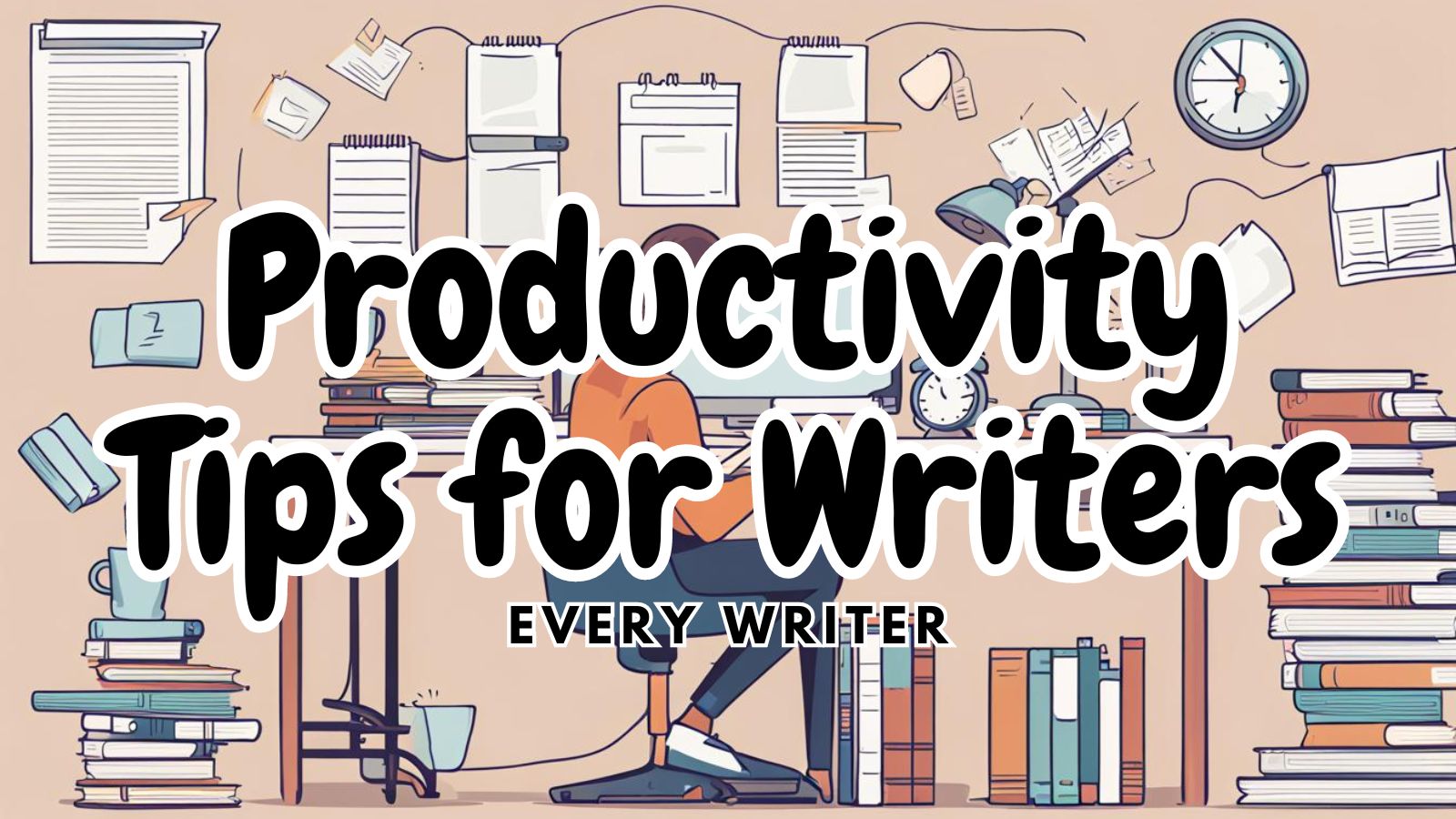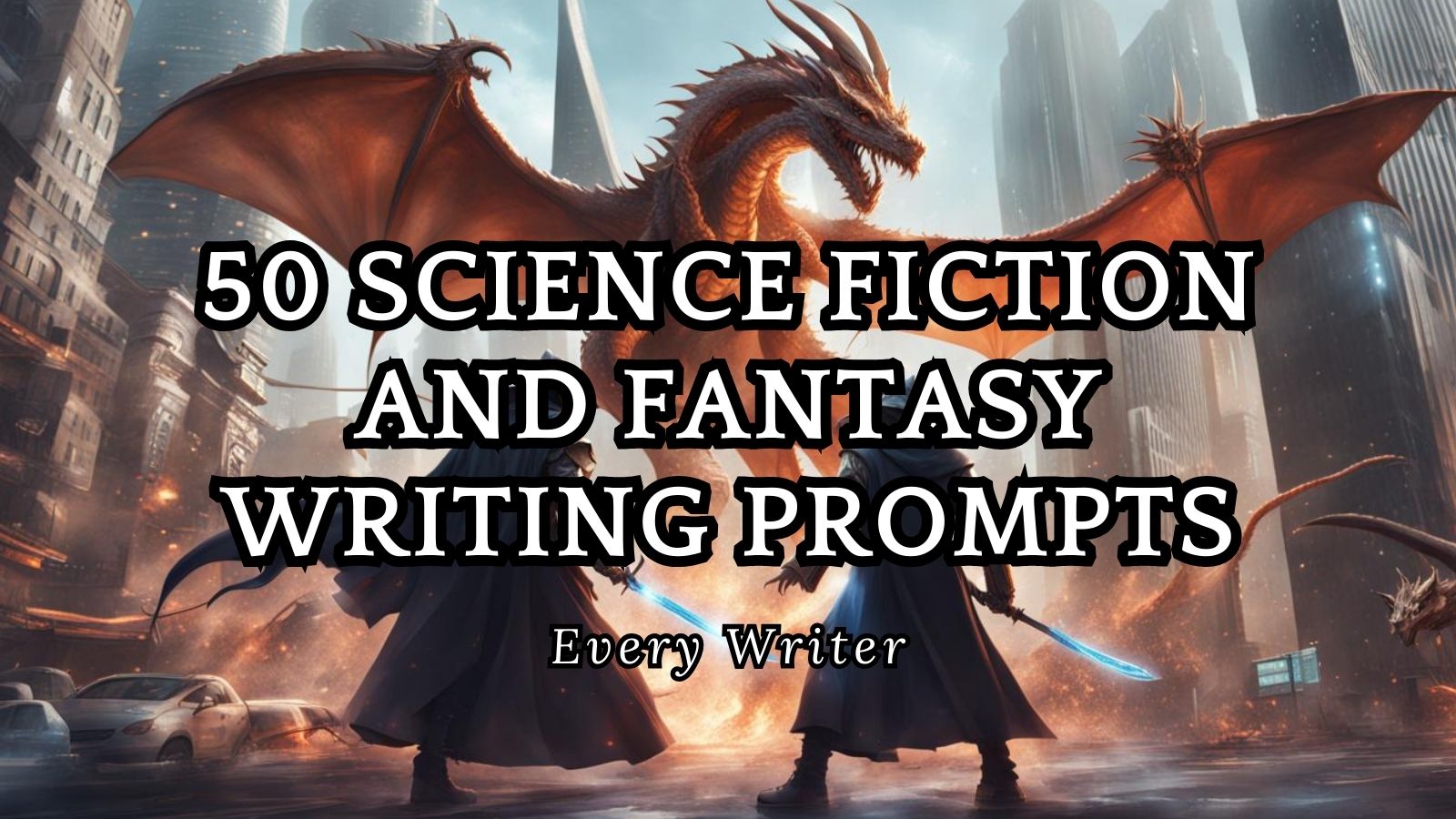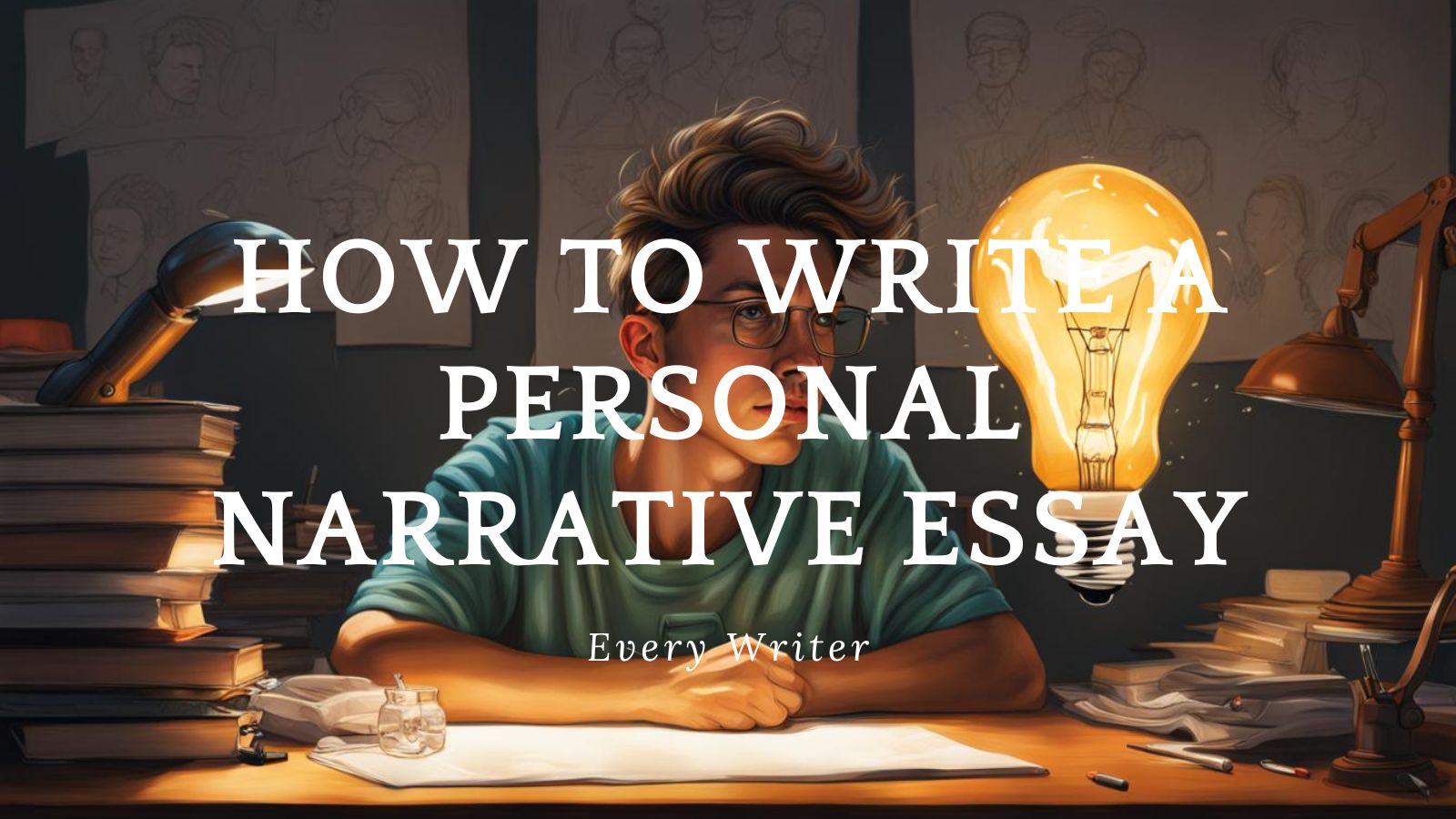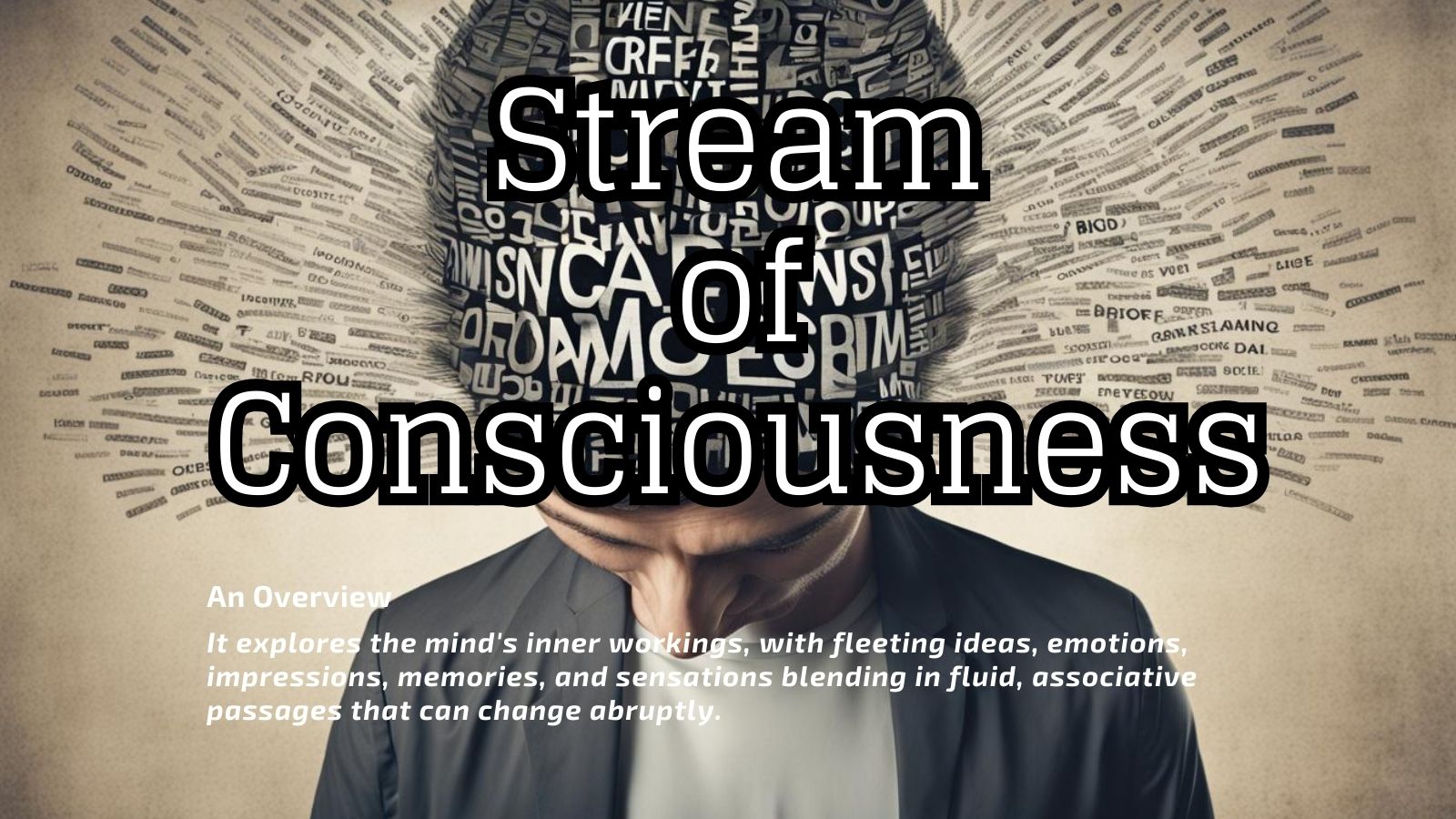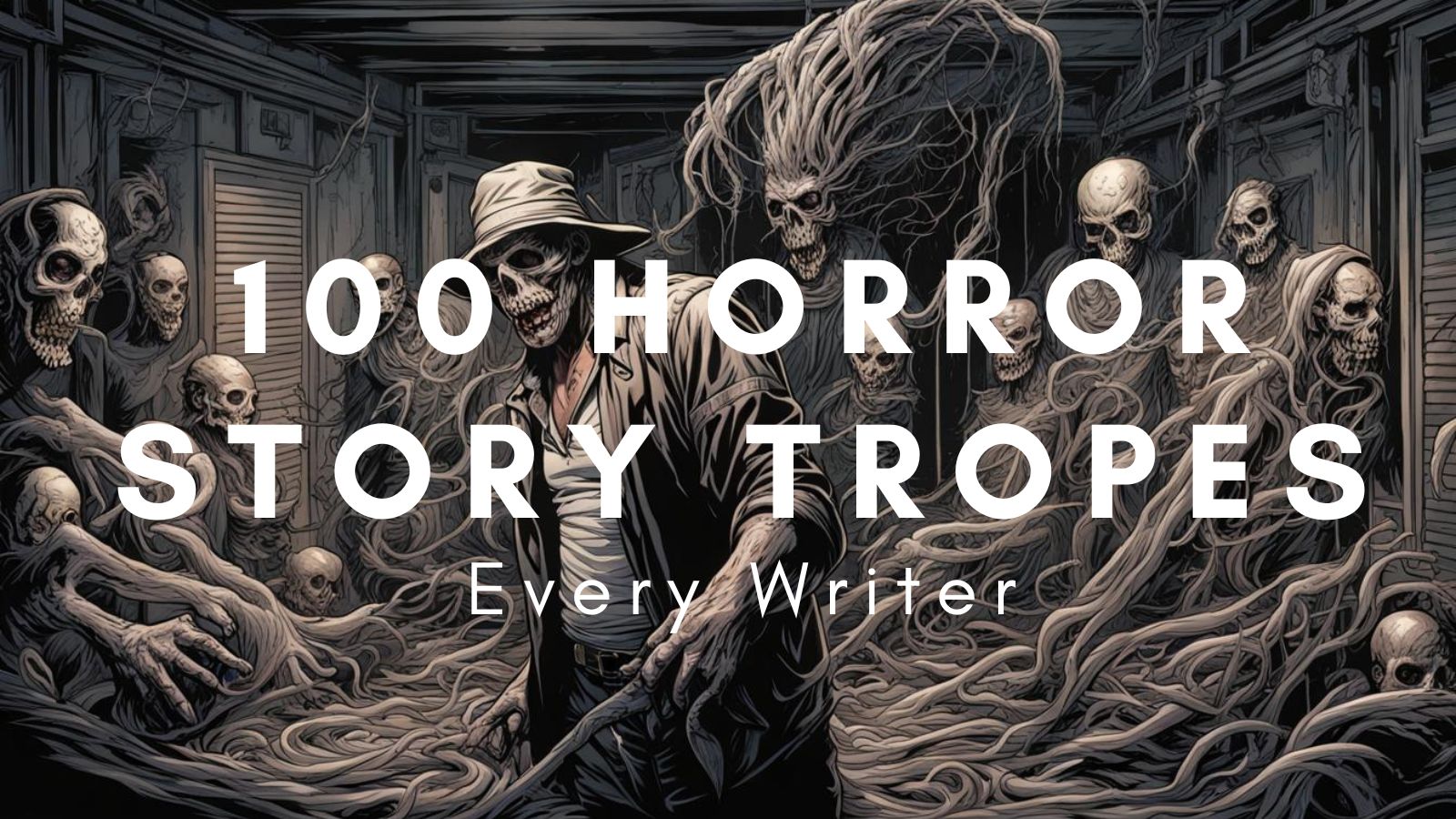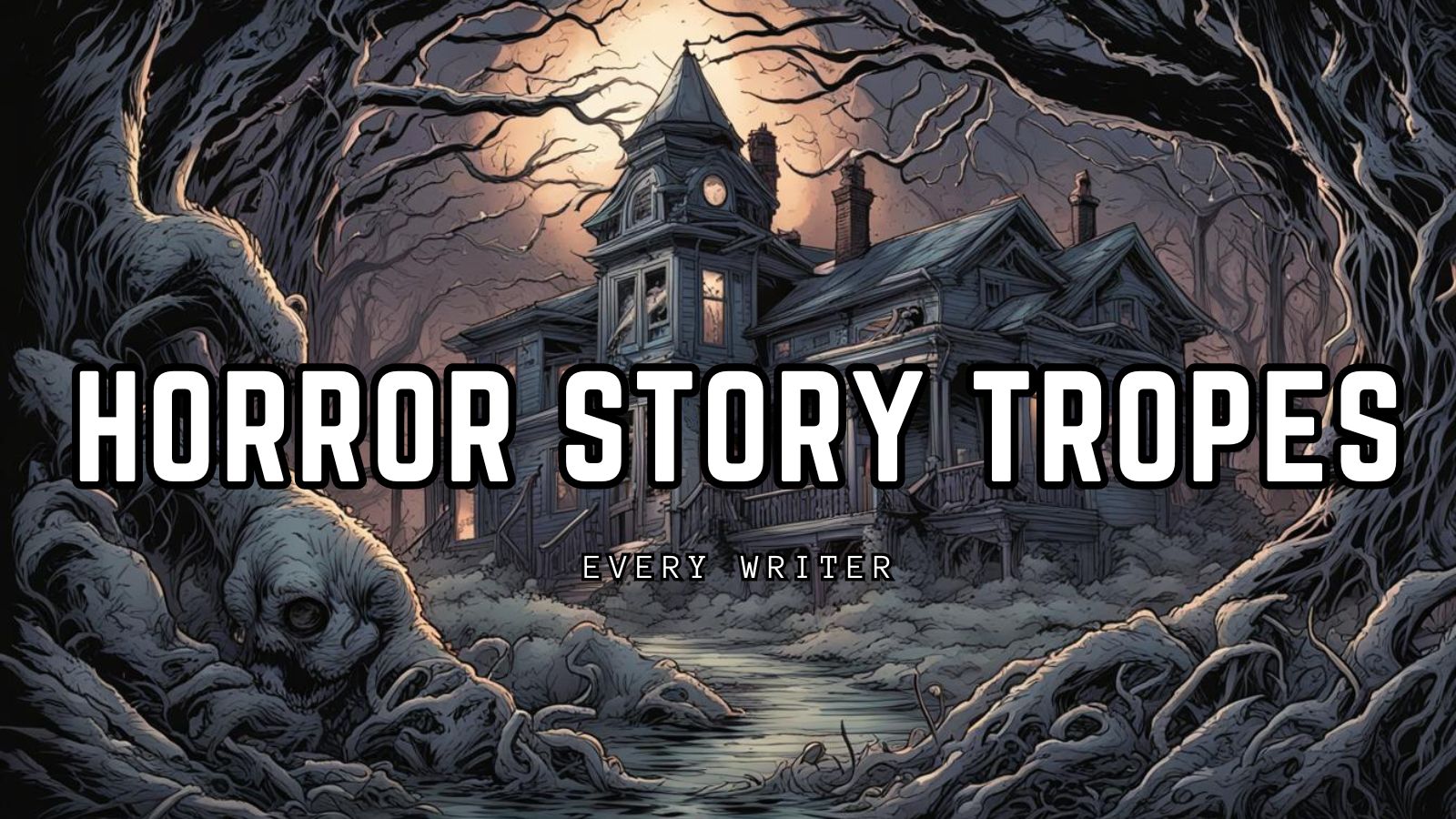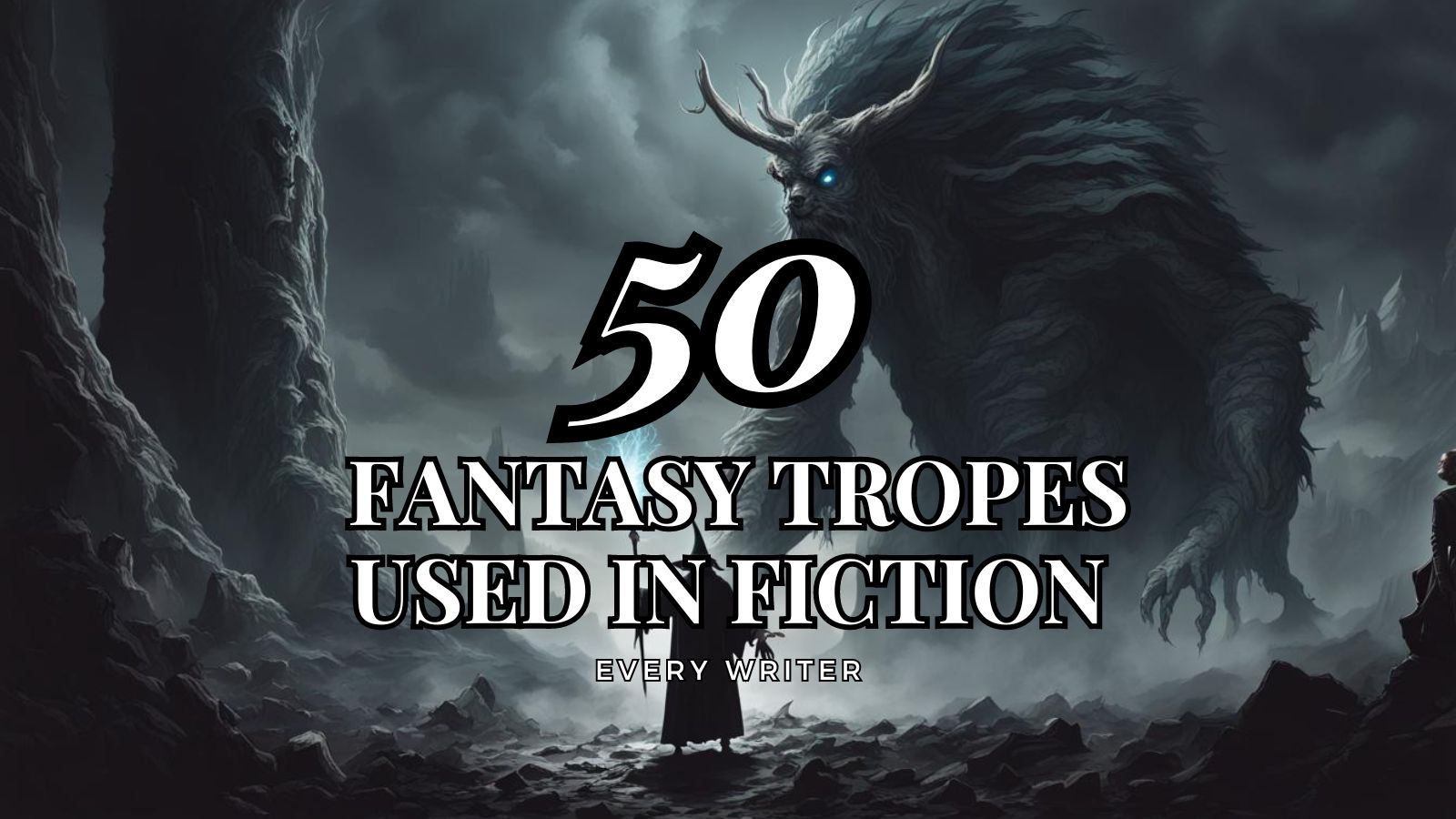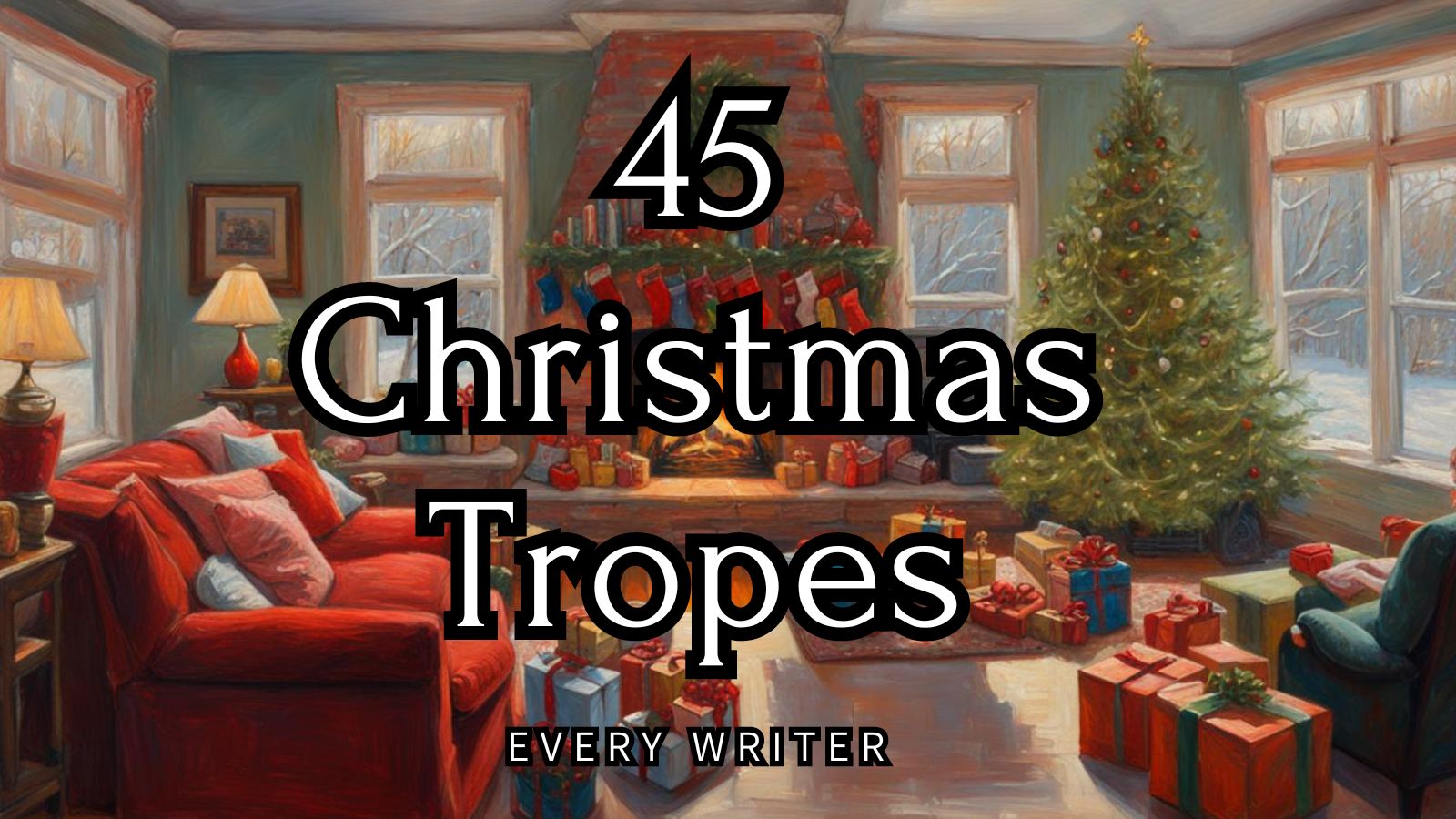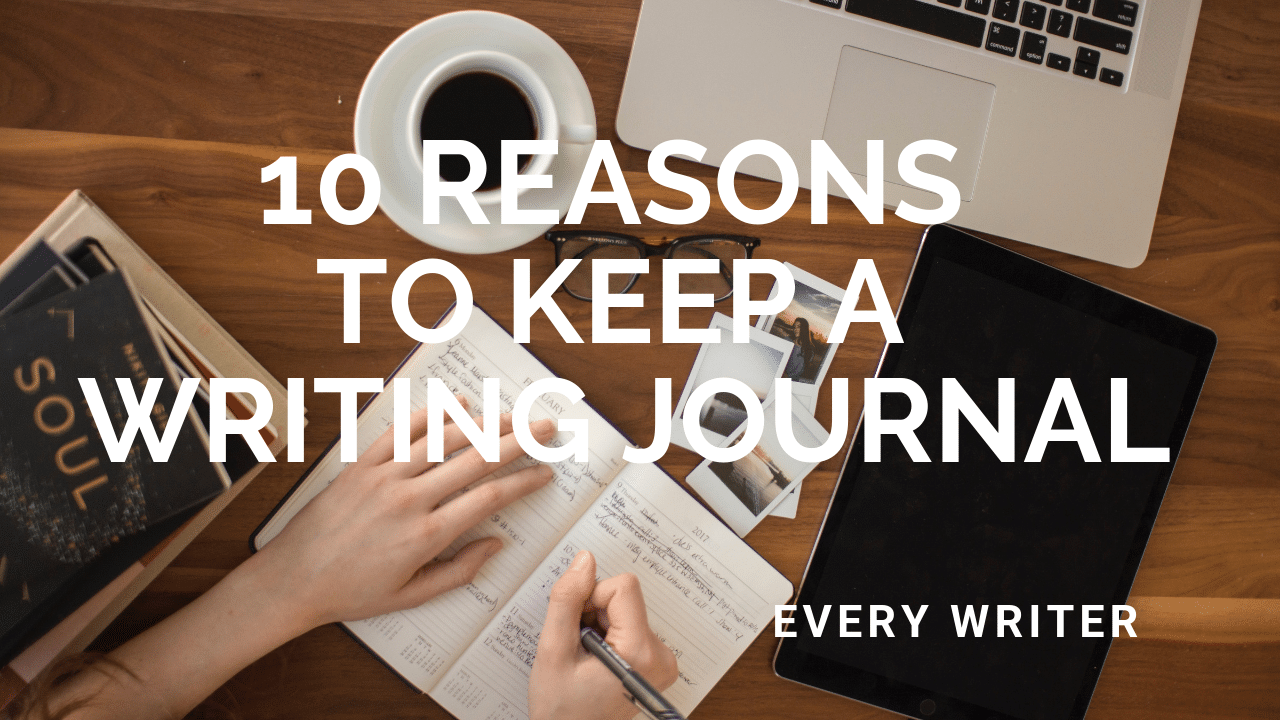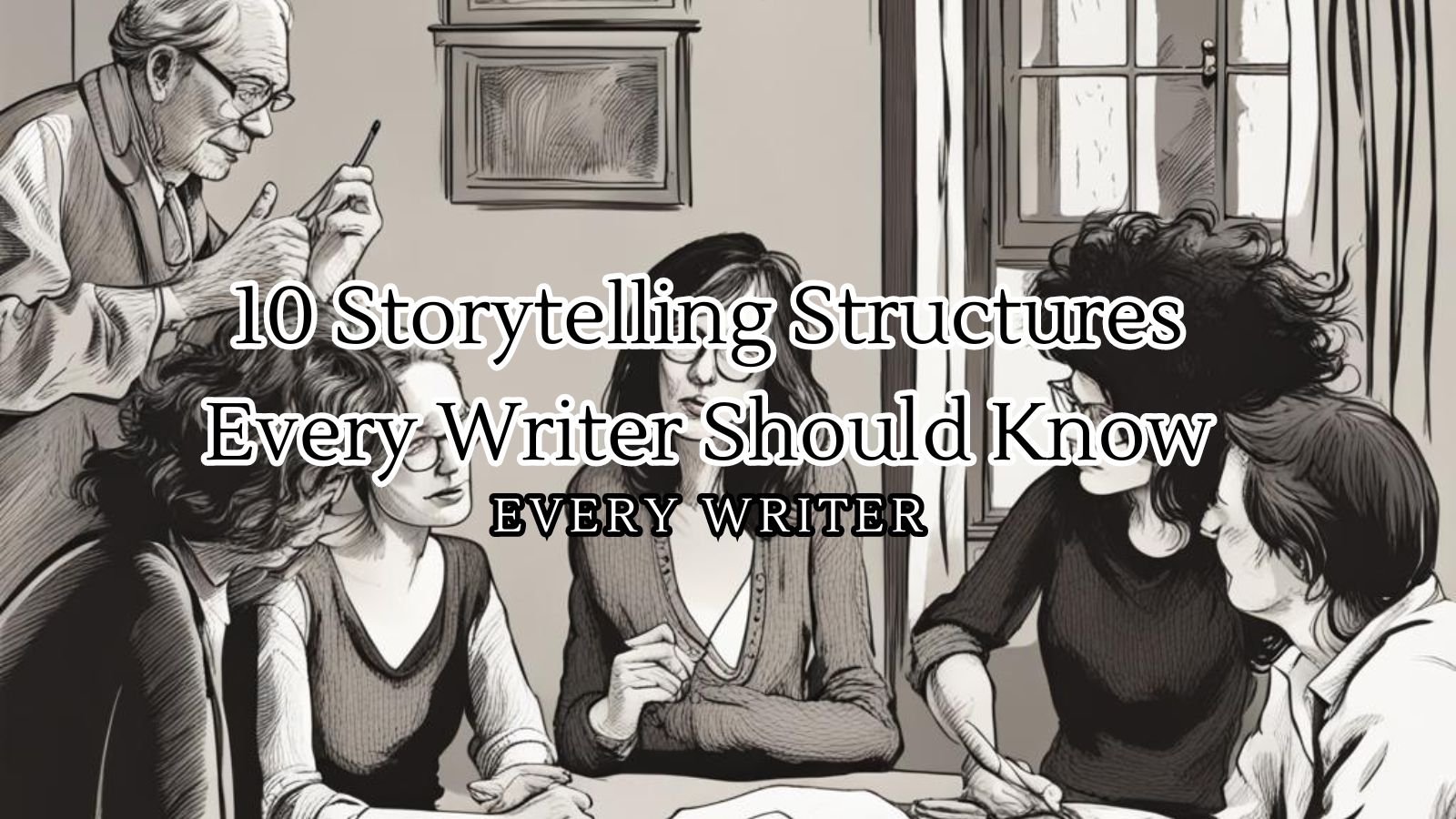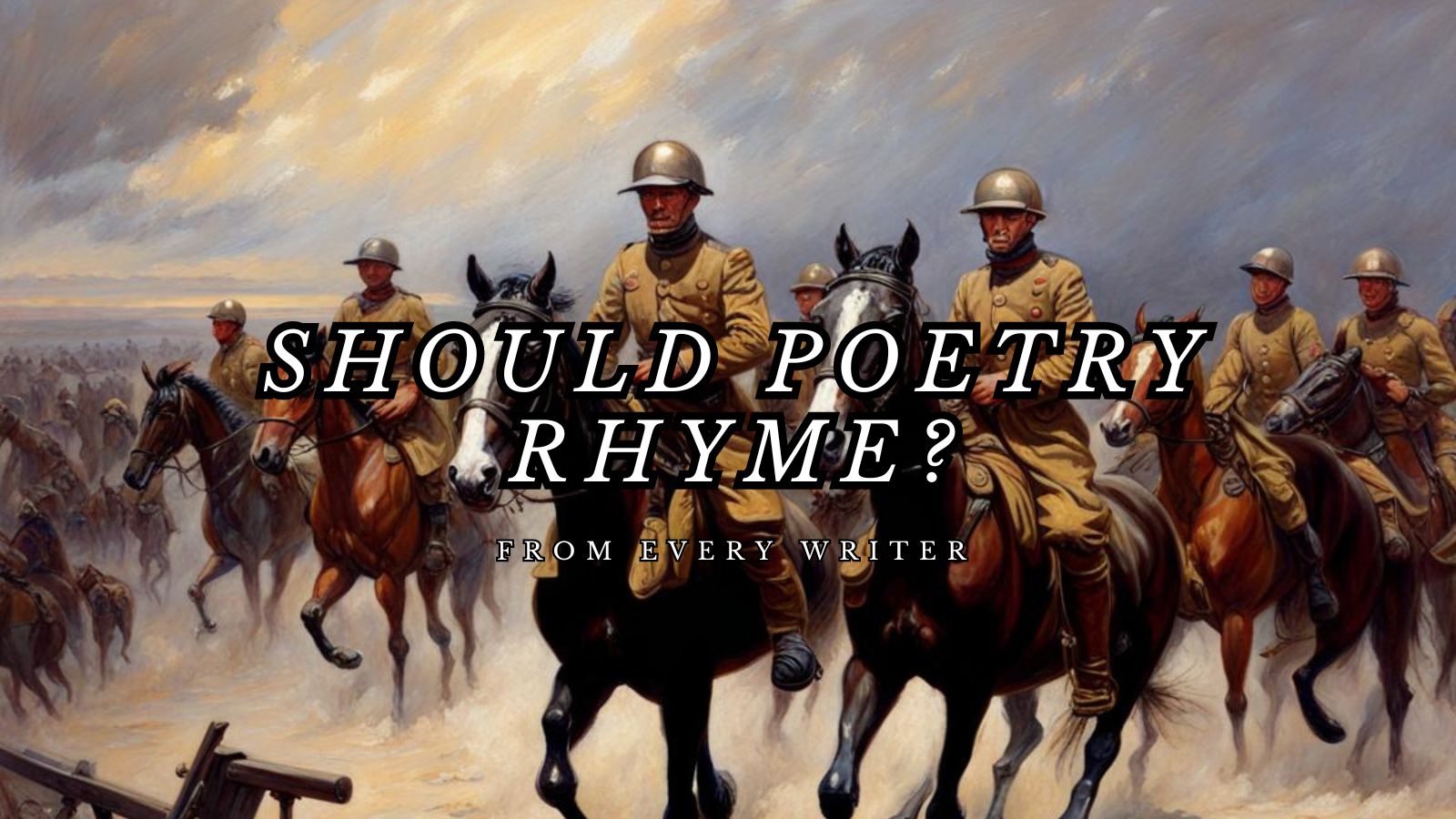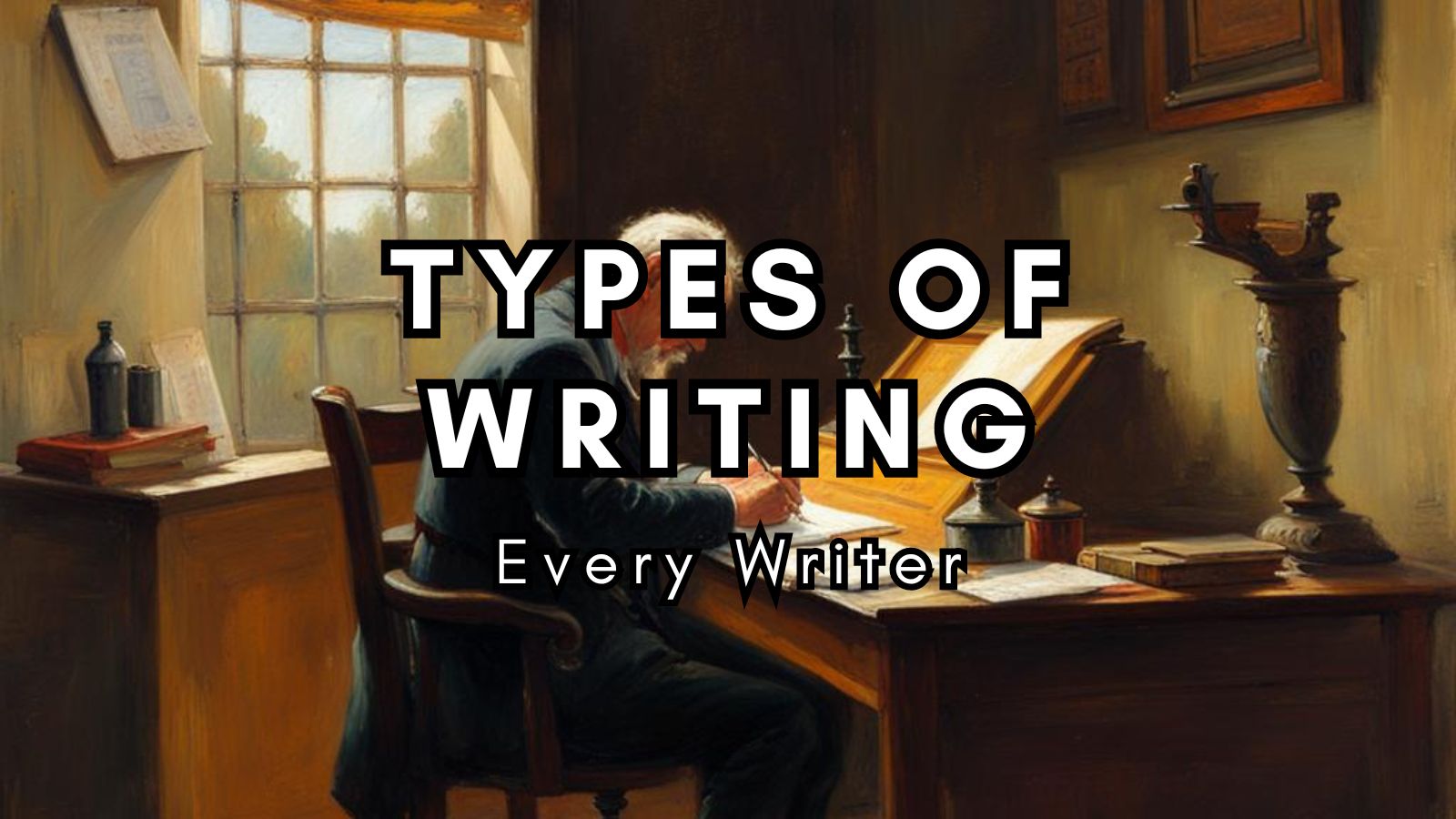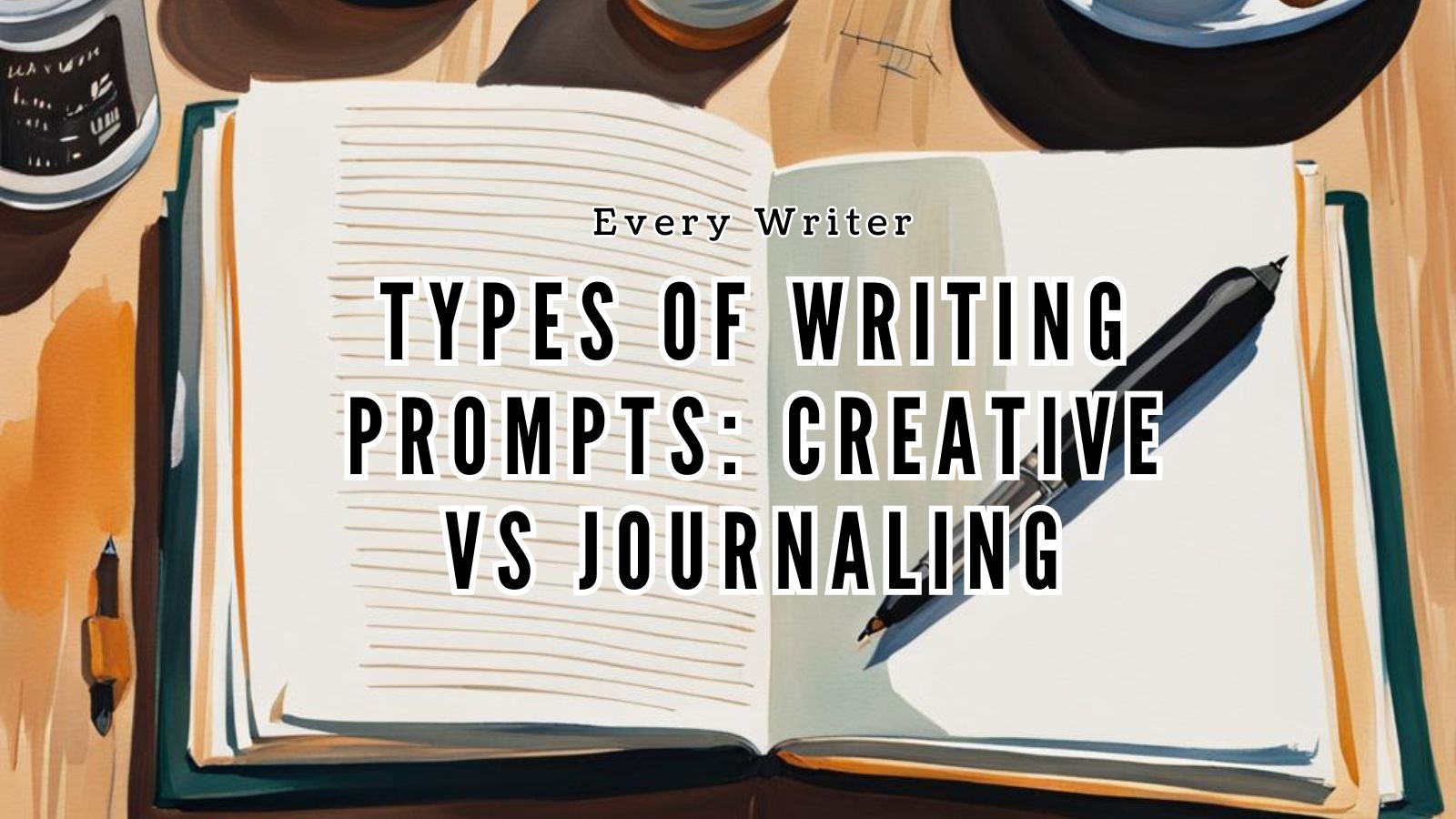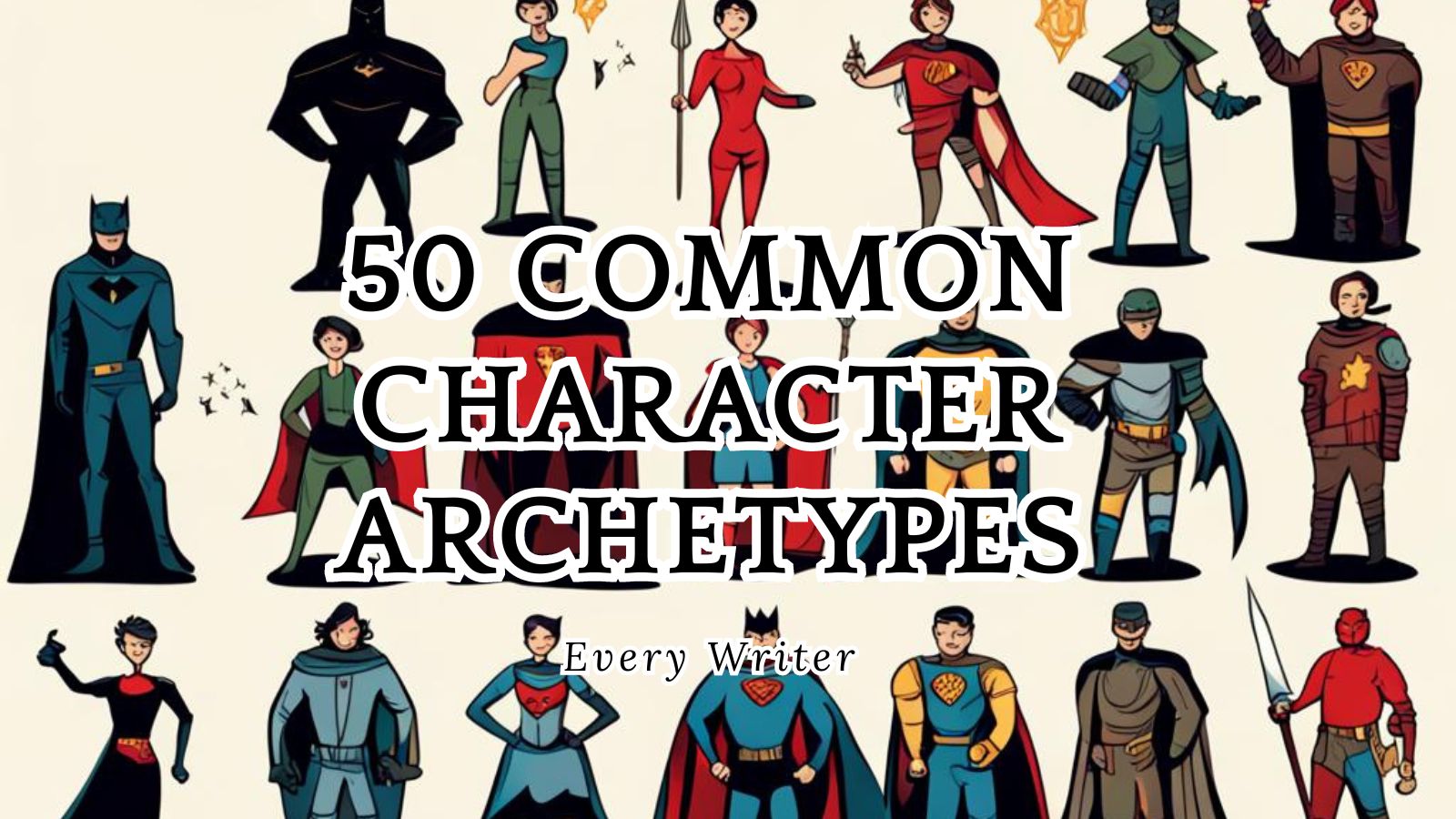Productivity Tips for Writers: For writers, productivity is a vital part of the job. Consistent writing at a productive pace
Writing Tips
50 Science Fiction and Fantasy Writing Prompts
Here are 50 science fiction and fantasy writing prompts: Do you enjoy both science fiction and fantasy genres? Do you wish there were
How to Write a Personal Narrative Essay
How to Write a Personal Narrative Essay: A personal narrative essay relates an important event or milestone from the writer’s life.
Defining Stream of Consciousness
Stream of consciousness refers to a literary narrative technique that seeks to portray the natural continuous flow of a character’s stream
100 Horror Story Tropes
100 Horror Story Tropes: From demonic dolls to sinister scarecrows, this comprehensive list spans the spooky staples which have dominated
100 Horror Story Tropes
100 Horror Story Tropes: From demonic dolls to sinister scarecrows, this comprehensive list spans the spooky staples which have dominated
50 Fantasy Tropes used in Fiction
Here are 50 Fantasy Tropes used in Fiction: Fantasy fiction allows authors to build magical worlds limited only by imagination.
45 Christmas Tropes found in story
Here are 45 Christmas Tropes found in story. When the first flakes begin to fall, and pine-scented fires crackle
What is POV? Writing Prompts to Help Understand
What is POV? A definition and POV writing prompts for practice! POV stands for “point of view”. A point of view in writing refers
10 Reasons to Keep a Writing Journal
Journals, because of computers and typing everything we write, are really becoming a think of the past. That’s a shame. You can get so much out of writing a journal.
10 Storytelling Structures Every Writer Should Know
10 Storytelling Structures You Should Know: As writers we need to know the plot structures we are working on. This is essential to hitting
Should Poetry Rhyme?
Does poetry have to rhyme? Should it rhyme? Let’s start by saying there is no should in poetry. A poet can write poetry in any way they want, and no one has the right to tell them i
Types of Writing and Styles
Writing is a means of communication that allows us to share information, tell stories, express ideas, and document events. There are many different types
Types of Writing Prompts: Creative vs Journaling
Not all writing prompts are created equal. I see people writing about writing prompts on the web, and there needs to be clear
50 Common Character Archetypes
These 50 Common Character Archetypes can help you better understand how to round out your characters. One of the most essential steps when
